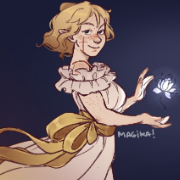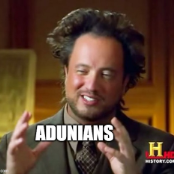-
Popular Topics
-
Topics
-
Recent Status Updates
-
Options
Options
-
what are some quirks, fun facts, or other things your character has/can do that you never get to share or emote in rp?
-
this is just a thought idk if anyone else agrees... but my fav type of woman archetype is the woman is strong through her femineity, rather than being strong due to being more masculine.
No Recent Status Updates -
Options













Recommended Posts